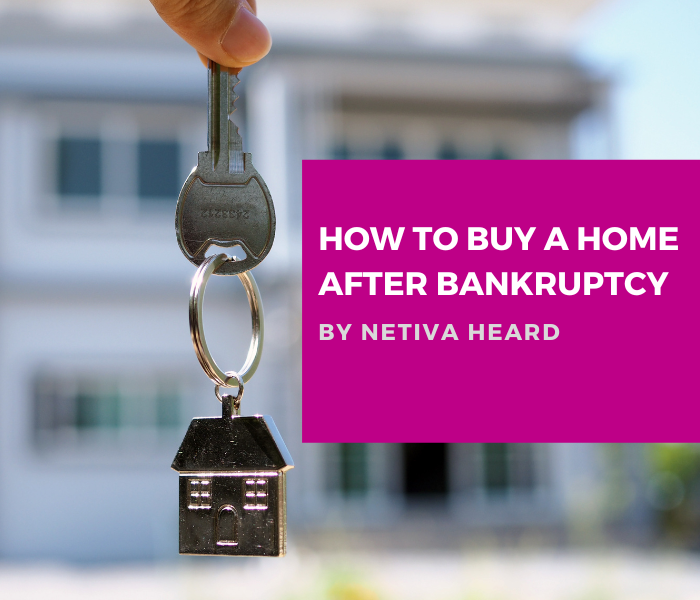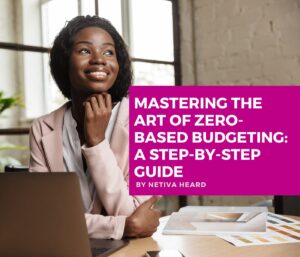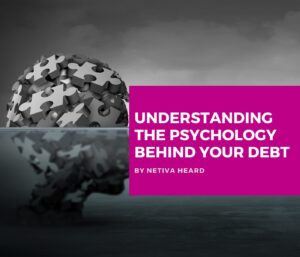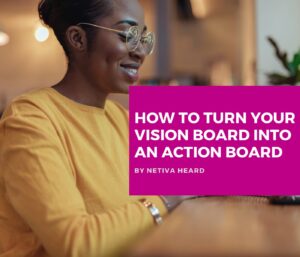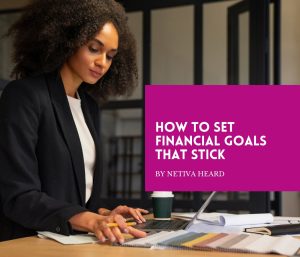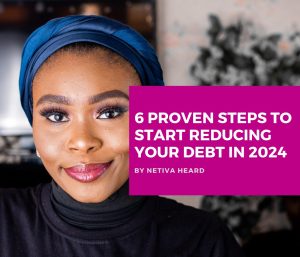If you met with hard times and had no choice but to file bankruptcy, your dreams of homeownership aren’t over.
Today, bankruptcy isn’t a sign of failure. It’s a sign of a certain level of responsibility. You were able to realize you couldn’t get out from underneath the crushing debt hanging over your head, so you asked for help. That’s okay.
Even though bankruptcy crushes your credit score (literally), there are ways to bounce back and buy a home sooner than you thought possible.
Here’s what the different loan programs require if you’ve filed bankruptcy.
What’s the Difference Between a Chapter 7 and Chapter 13 Bankruptcy?
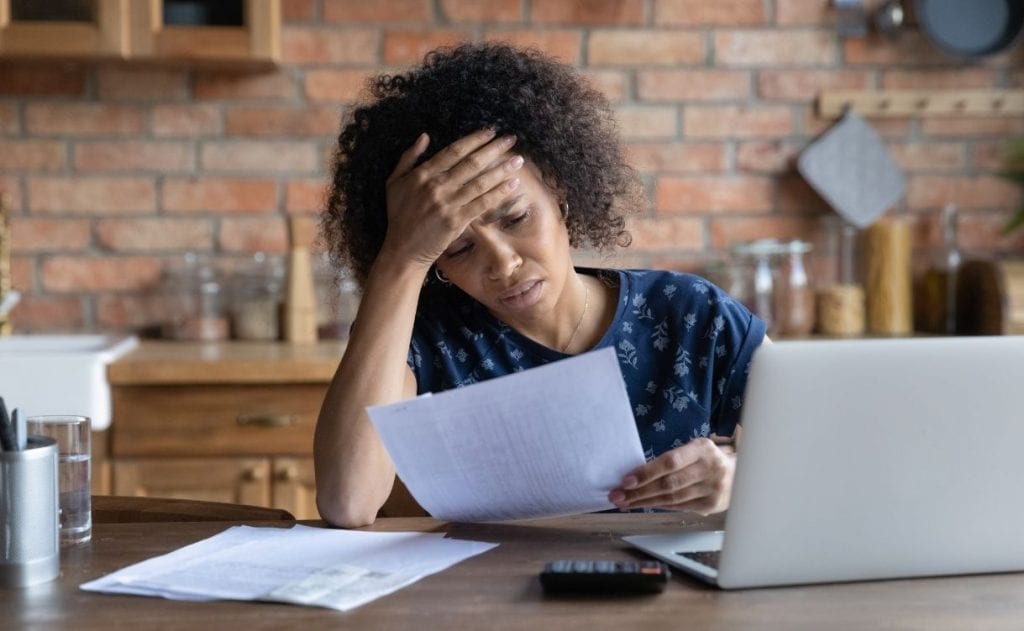
When you file for bankruptcy, you have two options – Chapter 7 or Chapter 13.
A Chapter 7 BK is a fresh start. The courts wipe all (or most) of your debt away. You agree to liquidate any assets, put the money toward your debt, and have the rest wiped clean. Chapter 7 BK hurts your credit the most, but it’s also the one way to start fresh which is what most people need.
A Chapter 13 BK is a restructuring of your debts. Rather than wiping the slate clean, you work out a strict repayment plan that you must be able to pay. You must prove that you can afford your regular monthly expenses along with the Chapter 13 repayment to qualify.
Typically to secure a mortgage after bankruptcy, a Chapter 7 bankruptcy must be discharged, but some loan programs allow you to take out a mortgage 12 months after filing for Chapter 13 even if it’s not discharged.
Home Loan Waiting Periods – What are They?
Here’s the biggest hurdle – the waiting period. It may not be as bad as you think, though. Each loan program has a different period they require you to wait after the bankruptcy DISCHARGE. This isn’t when you filed, but the date the court discharged it.
- FHA loans – 2 years after a Chapter 7 BK discharge or at least 12 months of timely payments on a Chapter 13 BK with trustee approval
- USDA loans – 3 years after a Chapter 7 BK discharge or at least 12 months of timely payments on a Chapter 13 BK with trustee approval
- VA loans – 2 years after a Chapter 7 BK discharge or at least 12 months of timely payments on a Chapter 13 BK with trustee approval
- Conventional loans – 4 years after a Chapter 7 BK discharge; 4 years from the filing date of a Chapter 13, or 2 years from a Chapter 13 discharge
How to Improve your Chances of Approval During the Waiting Period
Consider the waiting period your time to build your credit back up. This is a time to show future lenders that you are a good risk and that the bankruptcy was just a blip on the radar. Ideally, you should work on building credit during this time.
Here are a few simple ways:
- Apply for a secured credit card. Your credit line will be equal to the deposit you put down on the card. If you miss a payment, the credit card company keeps your deposit. Most people can qualify for a secured card. Use it wisely, paying the balance in full each month to build up a credit history.
- Apply for an unsecured credit card. Once you build credit with a secured card, apply for an unsecured card or ask to transfer your secured card to unsecured (if the company offers it). Use the same principles as above, charging what you’d normally spend and pay the balance off in full.
- Apply for an installment loan. Get a good mix of installment credit and revolving credit to give your credit score a needed boost.
- Use Experian Boost. The credit bureau Experian offers a free program that ‘boosts’ your credit score by using payments to your cable or utility provider. Their latest addition to the list is Netflix. As long as you make these payments on time, it may help build your credit score.
- Increase your reserves. Save as much money as you can during the waiting period. You can use it as a down payment and/or mortgage reserves, both of which help your chances of approval.
What not to Do During the Waiting Period
Just as you should build credit, here are a few things not to do during the waiting period:
- Apply for any and every credit application that comes your way
- Charge more than you can afford to pay off on your credit cards
- Close any old accounts
- Miss any due dates
What are Extenuating Circumstances and Who do they Apply To?
Some loan programs account for extenuating circumstances. In other words, if you filed bankruptcy due to reasons outside your control. Sudden job loss or falling ill are two common examples.
If you can prove you couldn’t control the situation with official evidence, you may be able to shorten the waiting period to 12 months (government-backed loans) and 2 years for conventional loans.
Many lenders have cracked down the extenuating circumstances, though, so it’s important to build up your case (have great credit and/or a lot of savings) before you apply.
You Too Can Buy a Home after Bankruptcy

Buying a home after bankruptcy isn’t impossible. Just like anyone else, you have to get your ducks in a row. Make a game out of it – see how much you can improve your credit score and how much money you can save.
That’s what lenders are after – they want to know you are a good risk and with the bankruptcy in your past, you have more work to do. Find the right lender and don’t fall for any programs that claim they’ll ‘fix your credit fast’ or get you the ‘best deal.’ All borrowers have to do their due diligence and sometimes that means waiting a few years to buy a home after bankruptcy.

